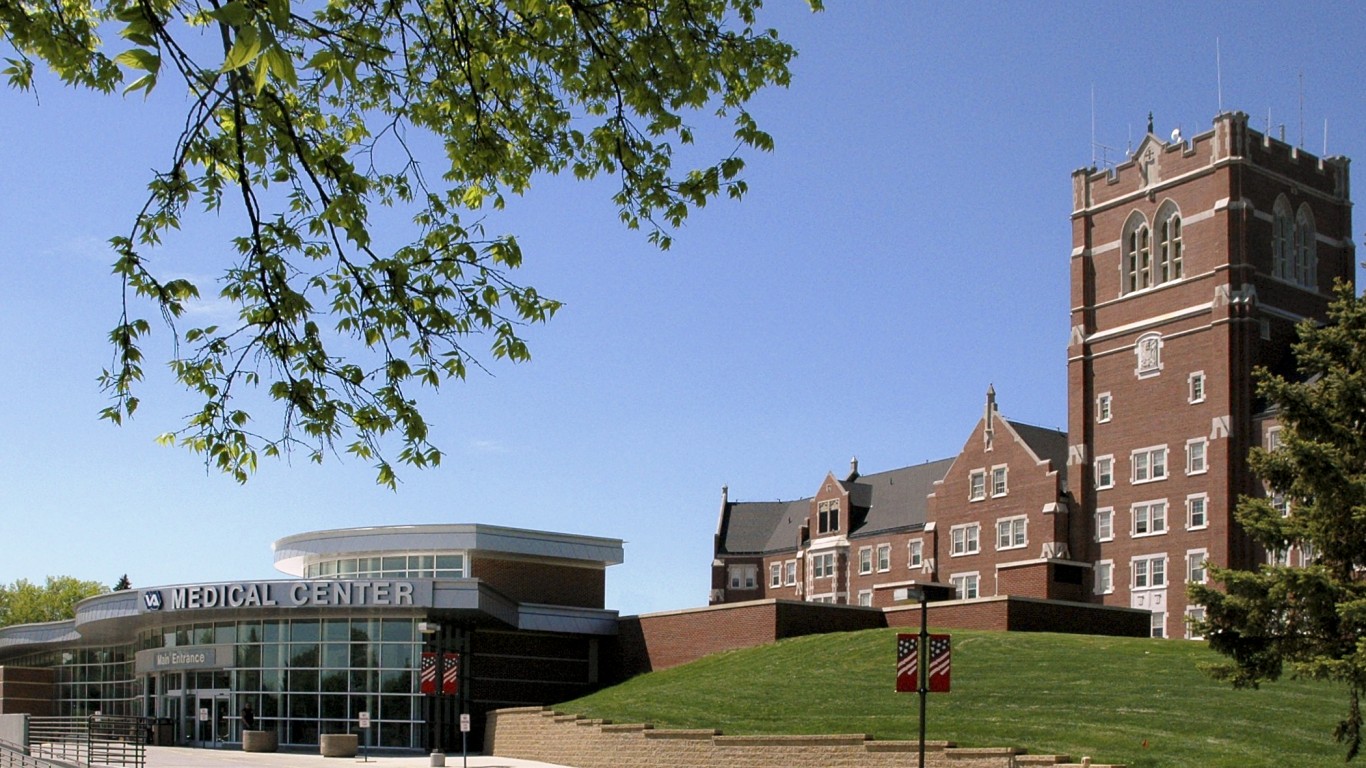

New daily confirmed COVID-19 cases in America have risen sharply in the past few weeks, taking counts to record levels. For several days in the past two weeks, the number jumped above 200,000. Yesterday, cases rose by 125,364 to 18,971,423. The figure may be low because some states do not report over the holiday.
The winter will be worse. Fatal case rates are as bad as when the nation was hardest hit by this measure from early April to mid-May, when the counts rose above 2,000 nationwide on some days. The number of coronavirus fatalities has begun to reach near 2,000 a day recently. Total fatal cases in the United States now total 333,931, after a one-day gain of 1,648. A lack of holiday reporting may have kept these numbers down.
The Institute for Health Metrics and Evaluation (IHME) at the University of Washington’s School of Medicine, which has a well-followed model for the rise in COVID-19 cases and deaths, forecasts U.S. fatal cases will reach 502,000 by April 1, if social distancing and mask wearing do not improve.
Rates of both confirmed and fatal cases are highly uneven across the nation. The county with the worst rate of fatal cases per 1,000 people is Jerauld County, South Dakota. It has a five-year average population of 2,029. Deaths per 1,000 stand at 7.39, many multiples of the national average.
Jerauld County is in the center of the state. It has been steadily losing population since 1930, according to information from the U.S. Census. Over 98% of the population is white. Almost 20% of the population lives below the poverty line, which is well above the national average.
According to The New York Times, South Dakota ranks among all states based on deaths per 100,000 people at 1.4 based on an average of the past seven days.
Next on the list based on deaths per 1,000 is Dickey County, North Dakota, at 6.44. It has a five-year population average of 4,970.
The next county is Gregory, South Dakota, with 6.19 deaths per 1,000 people on December 23. It has a five-year average population of 4,201. It is in the southern part of the state, west of the Missouri River.
Foster County, North Dakota, has 5.78 deaths per 1,000. Its five-year average population is 3,290. It sits in the center of the state, geographically.
Turner County, South Dakota, is fifth on the list based on fatal cases per 100,000 with 5.69. Its five-year average population is 8,264.
Another measure of how hard a county has been hit is confirmed cases per 1,000. On December 23, this figure was highest in Crowley, Colorado, where the number was 281.53. Its average five-year population is 5,630.
Second was Trousdale, Tennessee, where the number was 218.84. The county has a five-year average population of 9,573.
Dewey County, South Dakota, in third place, has 214.05 confirmed cases per 1,000. The county has a five-year average population of 5,779.
Bon Homme County, South Dakota, is next with 208.93 confirmed cases per 1,000. Its five-year population average stands at 6,969.
Norton County, Kansas, follows with 206.16 confirmed cases per 1,000 people. Its five-year average population is 5,486.
Most of these counties are in the hard-hit areas of the upper Midwest, based on the lists of confirmed death rates and confirmed case rates. Without exception, they are in rural areas.
These are the five most dangerous counties in every state.
Essential Tips for Investing: Sponsored
A financial advisor can help you understand the advantages and disadvantages of investment properties. Finding a qualified financial advisor doesn’t have to be hard. SmartAsset’s free tool matches you with up to three financial advisors who serve your area, and you can interview your advisor matches at no cost to decide which one is right for you. If you’re ready to find an advisor who can help you achieve your financial goals, get started now.
Investing in real estate can diversify your portfolio. But expanding your horizons may add additional costs. If you’re an investor looking to minimize expenses, consider checking out online brokerages. They often offer low investment fees, helping you maximize your profit.
Thank you for reading! Have some feedback for us?
Contact the 24/7 Wall St. editorial team.
 24/7 Wall St.
24/7 Wall St.


